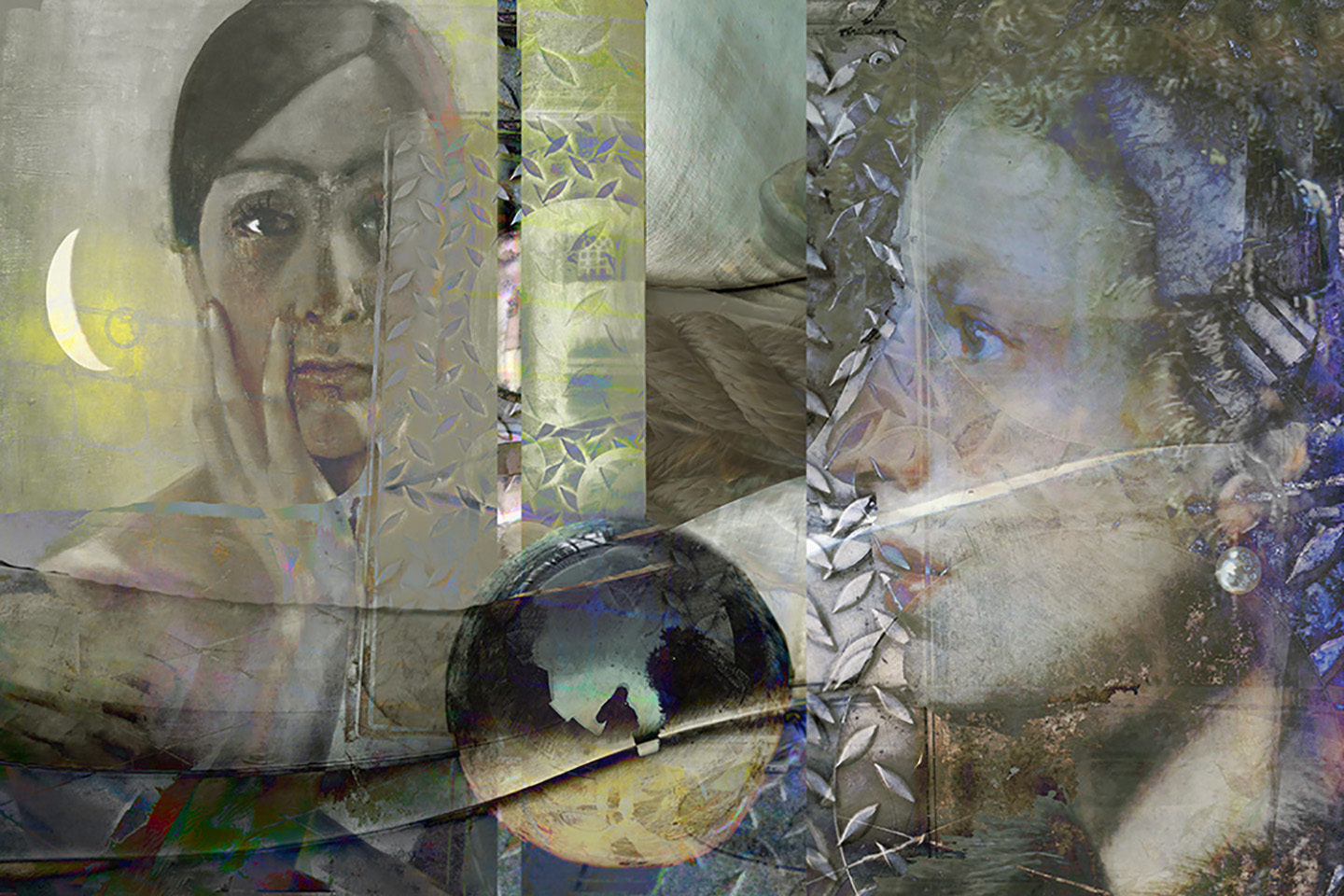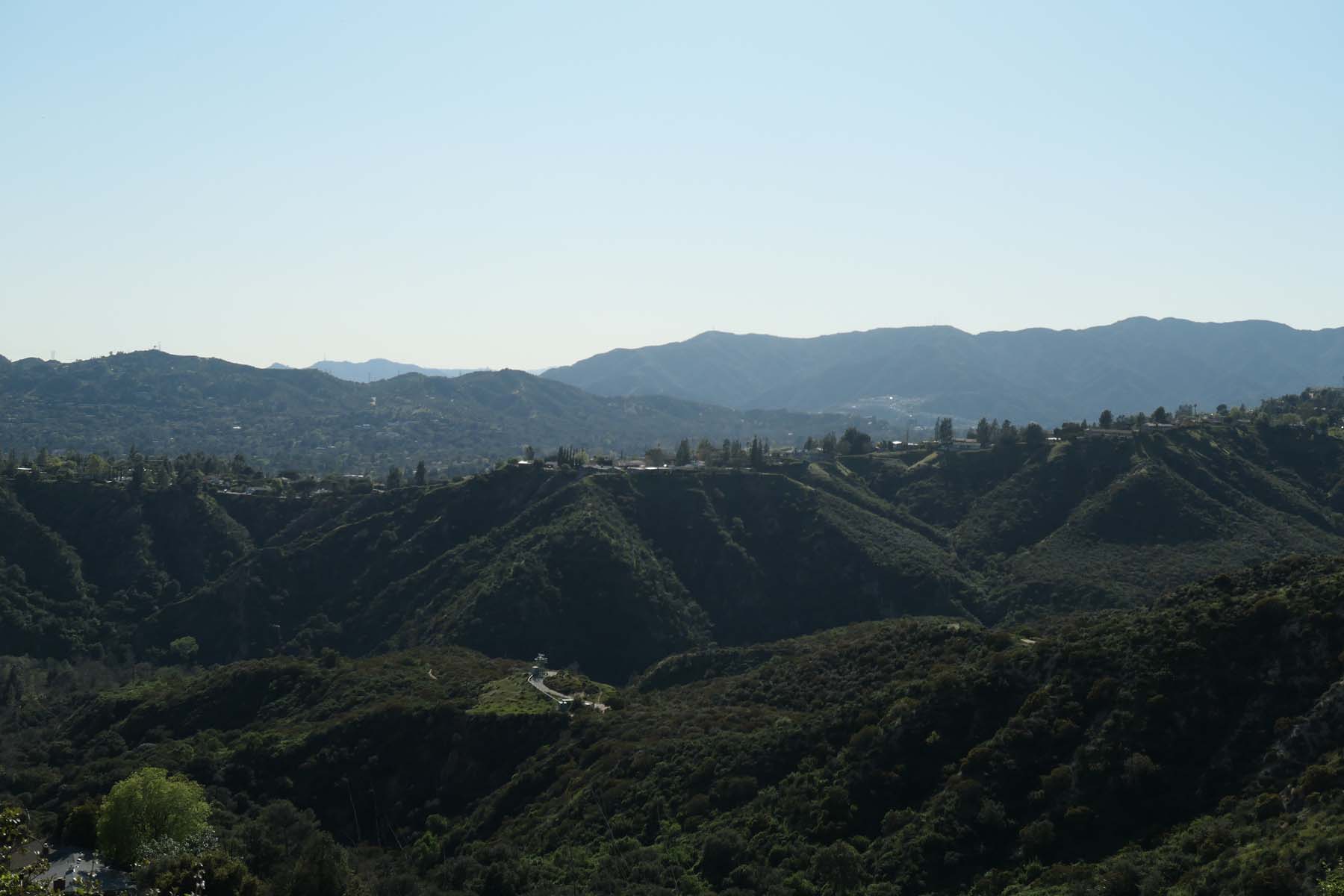“Art must be an integral part of the struggle. It can’t simply mirror what’s taking place. It must adapt itself to human needs. It must ally itself with the forces of liberation. The fact is, artists have always been propagandists. I have no use for artists who try to divorce themselves from the struggle.”
–Charles White in Jeffrey Elliot, “Charles White: Portrait of an Artist,” Negro History Bulletin 41, no. 3

Part of this quote greets you when you visit MoMa’s artist page for Charles White. I had tried to figure out which visual artists managed to do the impossible: find ways to depict how to pursue change, as a society, as a nation, as individuals, rather than reminding us of the existing woes. Painting historical events is an indirect way of doing so. Those works show us the injustice, or the suffering, or the might of those who rule, potentially appealing to our conscience or raising our consciousness, or both. Important and valuable. But how do you show the way forwards? White seemed an appropriate starting point. One of his early lithographs suggested to us that hope is possible, and a motivating factor, some 20 years before the Civil Rights Movement brought some change. (And some 60 years before that change is on its way to be reversed…)
Charles White Hope for the Future 1945
If I look at the image, Hope is not the first thing that comes to mind. A dead tree with a noose hung from it, a baby in medium distress, walls closing in with wooden isolation. Yet there are those huge maternal hands, offering strength and protection. They are also notably angular, square. Squarely: in a direct and uncompromising manner; without equivocation, tells me the Oxford Dictionary. These hands are placing blame squarely on racism.
What about the face, though. Do you see hope there? Maybe the shape of the waning moon on her forehead, signaling a hope for he decline of racism? The expression itself struck me as, frankly, angry. And since I still haven’t figured out the answer to my question of how art should depict progressive utopias or the ways to get there, let’s turn to the depiction of anger in women instead. (You know me, thoughts jump around.) Female anger is not exactly a ubiquitous topic in centuries of painting, but one that at least spoke of disruption of rules, since the display of anger was historically considered unfeminine. Verboten, really.
Anger is a somewhat under-researched topic in my field. We define it as an emotion characterized by antagonism toward someone or something you feel has deliberately done you wrong. Psychologists are more concerned with aggression or other hurtful behaviors, which is separate from anger, although the latter can lead to the former. Just ask yourself, how often are you angry without aggressive behavior? But also, has anger ever morphed into a somewhat violent act? My guess is the former happens often, the latter rarely for most of us, though it does on occasion. If it happens all the time, then you have a problem.

Giotto L’Ira 1306 (Fresco)
Excessive anger has physiological consequences that harm you, including increased blood pressure that damages the heart, and it interferes with decision making, often leading to long lasting consequences. And of course violent outbursts can and will harm others.
On the positive side, non-violent anger can be an extremely motivating factor to find solutions to the perceived problems and initiate change. It also influences the way you approach or evaluate something or someone. If you are unwittingly cued by angry faces in association with something, you value that something, any given object, more. When you show pictures of angry men, rather than sad ones, they elicit more support. Men who display anger rather than sadness in negotiations are more successful in their demands – people yield to someone perceived to be dominant. (Ref.)
All of this is not true for women, even though they are cross-culturally shown to experience equivalent amounts of anger, both in frequency and intensity, compared to men, clearly a biologically built-in emotion. Anger conforms to display rules – the norms of a given culture what can or should be publicly shown – and women, in almost all cultures, do not act on their anger as men do. Importantly, they also are not perceived more positively when displaying their anger, in fact the opposite is true. Most modern psychologists subscribe to a bio-sociocultural interactive model to explain this fact. There might be biological gender differences that allow women to curb their angry outbursts to begin with – the orbital frontal cortex, which is involved in controlling aggressive impulses, is much larger in women. Good thing, too, given that women would easily be harmed by the physiologically stronger males, if they attack them. All kinds of evolutionary explanations have been offered. (For details on biological differences, here is an in-depth review.)
It is always hazardous to indulge in evolutionary story telling, though. For example, it seems entirely plausible, that, over evolutionary time, mothers who were particularly nurturing might have had greater reproductive process; therefor nurturing, not anger, would be favored by evolution. But it is equally plausible, that, over the years of evolution, mothers who were particularly ferocious in protecting their young would have had an evolutionary advantage. This contrasts highlights why many scientists, with a nod to Rudyard Kipling, refer to these evolutionary notions as “Just so stories.”
And speaking of angry mothers: one is Medea, about to murder her children out of rage over her unfaithful husband… note, how we are not even allowed to see her face frontally, and the presumably glaring eyes in particular are even further recessed into shade.

Eugène Delacroix Medée Furieuse 1838
200 years earlier we see a raging Judith, slaying Holofernes, the general of Nebuchadnezzar’s army threatening Judith’s people. Two versions, one by a man, one by a woman painter, see for yourself who is actually expressly raging, spurting blood on her chest. These are of course depictions of a biblical story, so viewers can be amenable to be reminded of the tale.

Artemisia Gentileschi, “Judith Slaying Holofernes” (1611)

Caravaggio Judith Beheading Holofernes c. 1598–1599 or 1602
A different approach is to serve culturally-based display demands by orienting the viewer to the (invisible) victim of a woman’s anger: the poor man.

Carl Dornbecher Poor man, 1919
Just a few years earlier, the intensely weird, academicist painting below was meant as a commentary on the new medium of photography, seen by the painter as a positive development: “It has opened our eyes and forced us to see that which previously we have not seen.” Riffing off Democritus’s aphorism: “Of truth we know nothing, for truth is in a well,” this fury appears with a whip instead of the usual mirror in her hand, revealing the “naked” truth all right. (I fear I’ll never be able to photograph that, even if I was inclined to capture aphorisms…)

Jean Léon Gérôme, Truth Coming Out of Her Well to Shame Mankind, 1896
One last, contemporary offering from the sparse menu of angry women in art: Pipilotti Rist’s still from a video of a woman unhesitatingly smashing car windows, extremely feminine in her red pumps, fluttery summer dress and make-up.

Pipilotti Rist Ever is Over All (still), 1997
Here is the video where she is actually smiling and bouncing along. A total disconnect between displayed emotion and enacted behavior, as if even during the outburst you still have to keep that grin on your face. The best part: a police woman walks by, smiles back and salutes her. Worth a few minutes of your time, if only for the sound track!
Of course we all know, if this had been the black child from Charles White’s litho in the beginning, the story would have a different ending. Hope for the future? You tell me where to go from here.
Angry, but beautiful music by Bartok today. In addition to Bela Bartok there is a bonus Schnittke…
#4

















































